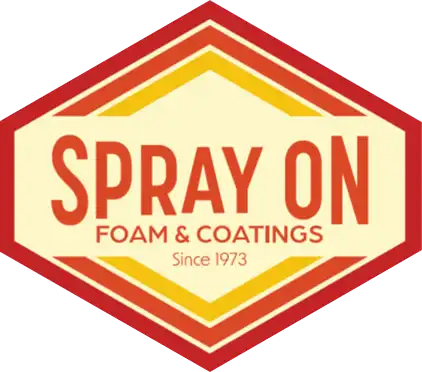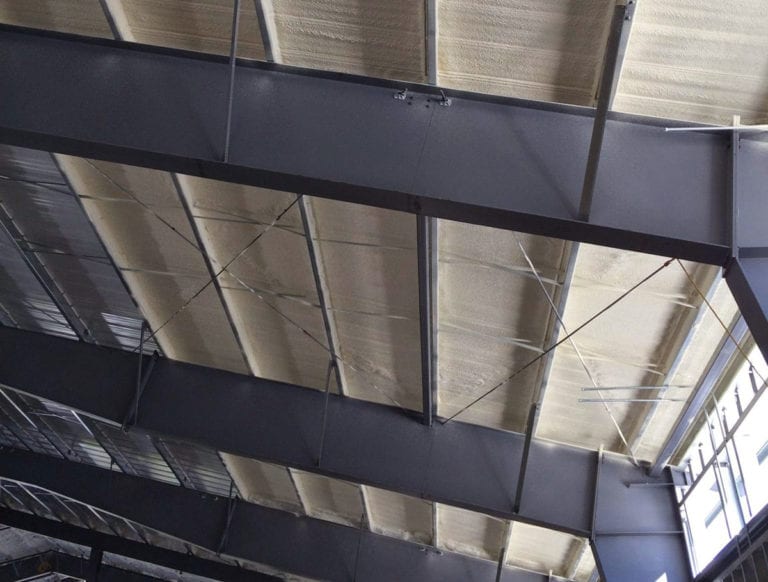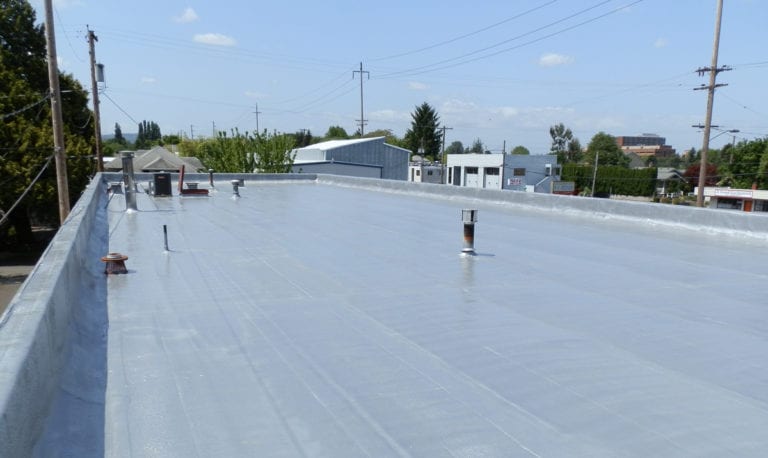How Spray Foam Insulation Tanks Protect Against Spoilage
Spray foam’s versatility as an insulator extends beyond roofing, new home construction or commercial buildings. Spray foam insulation tanks also improve the storage environments of perishable products.
Why Foam Tank Insulation is Needed
Processes with perishable products often require time in a holding tank, either for short-term storage or long-term containment. Holding times are cost-effective and safe only if spoilage can be avoided.
Storage tanks are usually large, and many are typically located in outdoor areas where they are exposed to rain, snow, wind, and sun. Traditional insulation often allows moisture to enter the tanks which can corrode the tank material and further degrade its effectiveness.
To minimize spoilage and maintain container integrity, the use of spray foam insulation tanks is becoming more common across a diverse set of food and beverage industries.
Benefits of Spray Foam Insulation Tanks
Foam tank insulation provides significant benefits.
- Moisture and dust control: Spray foam insulation seals cracks in silos and grain storage bins, keeping contents dry and free from rot-causing moisture. The insulation also acts as a stabilizer, allowing older buildings to be refurbished instead of rebuilt.
- Temperature and humidity control: Foam tank insulation protects perishable foods like fruits, vegetables, and nuts which will begin to decay in high humidity. Extending product shelf life reduces waste and provides a broader availability of foods beyond the traditional growing seasons. Temperature control is also important for items like fats or oils, which degrade in heat.
- Improved finished product quality: The superior temperature regulation of spray foam insulation tanks for products like wine helps vintners maintain control of the fermentation process. Better fermentation produces tastier wine.
Foam Tank Insulation Application
The advantages of foam tank insulation result from the material used and how the material is applied.
- Spray foam insulation is applied in a continuous layer to the tank exterior, insulating and sealing tanks seamlessly with one application.
- The strong, closed-cell, low permeable material completely adheres to most surfaces and forms in place. It fills cracks and gaps, preventing air leakage and moisture movement. And its flexibility holds up under extreme temperatures (and foot traffic).
Coastal areas with lower humidity and milder winters offer the most favorable conditions for using spray foam insulation. However, by adjusting the material thickness, spray foam insulation will perform well across all climate zones.
Considerations for Foam Tank Insulation
When installing spray foam insulation tanks, it’s important to outline these criteria in your project specifications:
- Target temperatures for the tank
- Moisture vapor levels
- Tank size, material (coated carbon steel, stainless steel, or non-metal) and weld profiles (flush, not-flush, smooth, or non-welded)
- Base and ceiling components and design
Spray Foam Applicators in the Pacific Northwest
For more information about spray foam insulation tanks, talk with our team at Spray-On Foam & Coatings. With 45 years of experience in spray foam insulation, we’ll help protect your products and your business.





